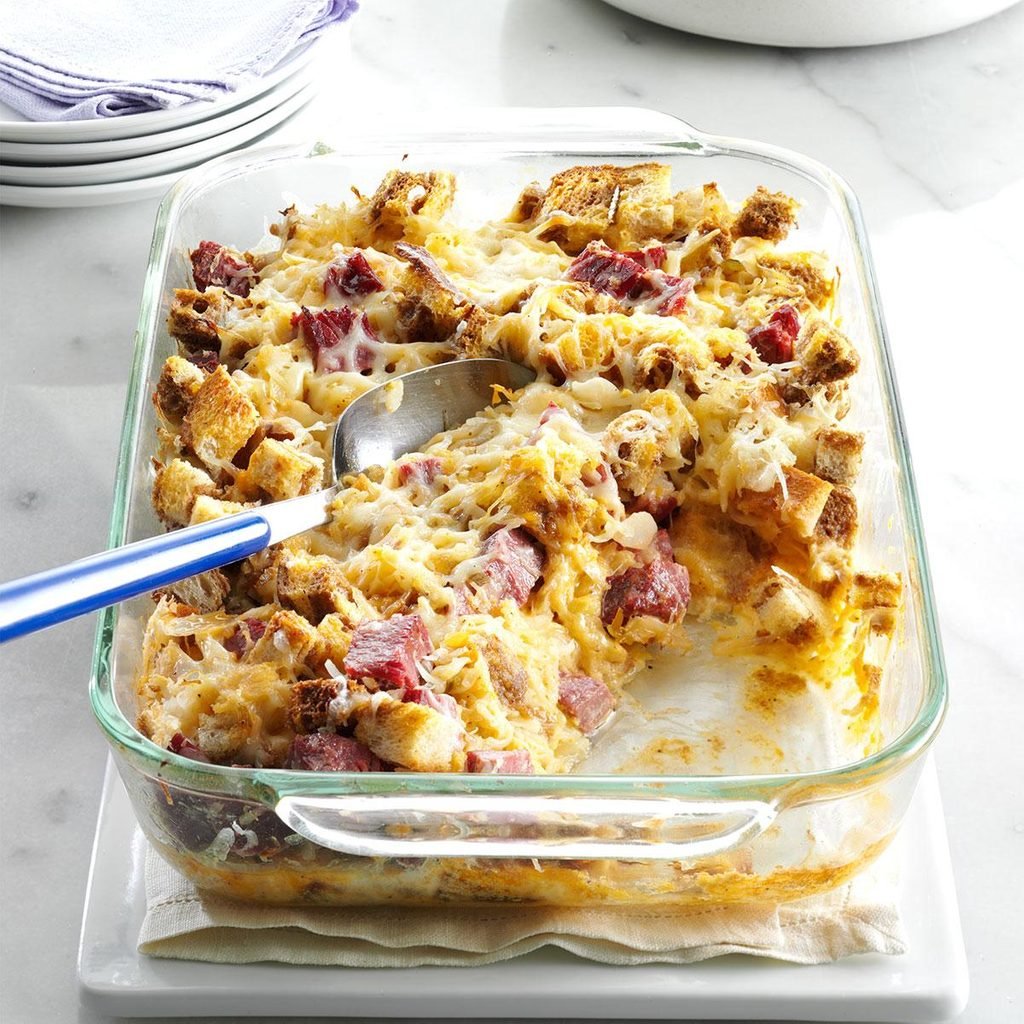The Dangerous Mistake You’re Probably Making with Your Pyrex Dish
Updated: Apr. 03, 2021

Pyrex was made to withstand high heat and won't ever shatter—right?
Our editors and experts handpick every product we feature. We may earn a commission from your purchases.
I started using Pyrex glassware before 1998, so I consider the products to be almost miraculously heat-resistant. Back then, you could safely take a dish from one temperature extreme to another—refrigerator to freezer to oven—without having to worry about glassware shattering from the change in temperature. (It’s a phenomenon known as “thermal shock.”) It was a thing of beauty for any home cook who likes to prepare a family-favorite 13×9 casserole on Sunday night and pop it right in the refrigerator for a weeknight meal.
But what many folks don’t know is that somewhere along the line, things changed, and Pyrex glassware is no longer thermal shock-resistant. If used improperly, the dish can shatter into hundreds of tiny pieces inside your oven—leaving you with a potentially harmful mess. Here’s what you need to know:
The original Pyrex is thermal shock-proof
When Corning started manufacturing Pyrex in 1908, they were using borosilicate glass. That’s what made Pyrex thermal shock-resistant. Until 1998, all Pyrex glassware was made with borosilicate glass. That means that if you have Pyrex glassware made before 1998, you can safely use it like you always have—making a baked mac n’ cheese casserole and leaving the dish on your cold granite countertop or immediately transferring it to the fridge for tomorrow’s dinner. Check out these secret uses for ordinary kitchen gadgets.
If you have vintage Pyrex, here’s everything you need to know about it—including how much it’s worth.
Why things changed
In 1998, Corning sold the Pyrex brand to World Kitchen LLC, which stopped using borosilicate glass and started using soda-lime glass, according to Consumer Reports. Soda-lime glass is just ordinary glass. It’s not resistant to thermal-shock, and it could shatter when going from one temperature extreme to another. So if you’ve bought new Pyrex glassware since 1998, it’s important to keep in mind that what you have is ordinary glassware and it needs to be handled with care. Here’s what Consumer Reports recommends:
- Do not place Pyrex on your stove top
- Do not move your Pyrex from one temperature extreme to the other—when you assemble a make-ahead breakfast the night before, take it out of the refrigerator and let it come closer to room temp while you preheat your oven
In other words, easy casseroles can still be your go-to as long as you’re careful with the temperature extremes! Next, find out more types of cookware you should be using.
